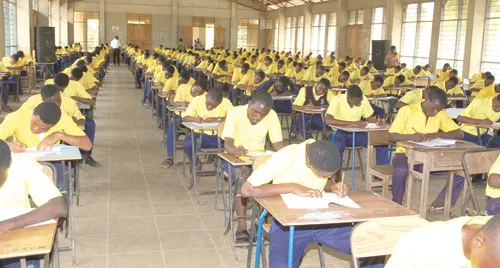The Partnership for Learning for All in Nigeria (PLANE) 2024 Learning outcomes assessment in Kano State has revealed that “schools in its target Local Government Areas have an average of 131 enrolled children per teacher.
This is over three times higher than Nations Educational, Scientific and Cultural Organization (UNESCO) recommended Pupil-Teacher Ratio (PTR), and more than double the Kano State’s target Pupil-to-Qualified-Teacher Ratio (PTQR).
This was made known during the dissemination workshop for year 2 foundation learning outcomes and end line results accelerated learning held in Kano. The report made available to participants showed that in the year under review, both teachers and learners demonstrated high levels of absenteeism adding that absenteeism among boys were slightly higher than absenteeism among girls.
“Percentage of teachers observed absent during data collection is 8.6 per cent while the percentage of pupils observed absent during data collection is 67.3 per cent for boys and 61.8 per cent for girls,” the data revealed.
On the issue of learning materials PLANE observation data in the report shows that, “in about 79% of Kano classrooms, most children do not have pencils or exercise books. This means that over three quarters of children do not have the materials required to complete their lessons. The date also showed that 25 per cent of schools have only one teacher to teach all six grades of primary. Therefore, on a typical school day, many children will not receive instruction in literacy and mathematics, because there are not enough teachers to teach all subjects.
The data also stated that Kano’s recent recruitment of 5,634 permanent teachers and 4,300 teachers under : Better Education Service Delivery for All (BESDA) is an important step in alleviating the teacher shortage.
“It will be critical to ensure that these teachers are adequately trained and supported as they take on new roles. It will also be important to ensure that teachers remain in their posts rather than transferring frequently.Frequent teacher transfers disrupt children’s learning. In addition, when teachers are transferred, they may not have any accountability to implement their training in the new school,” the data cautioned.









